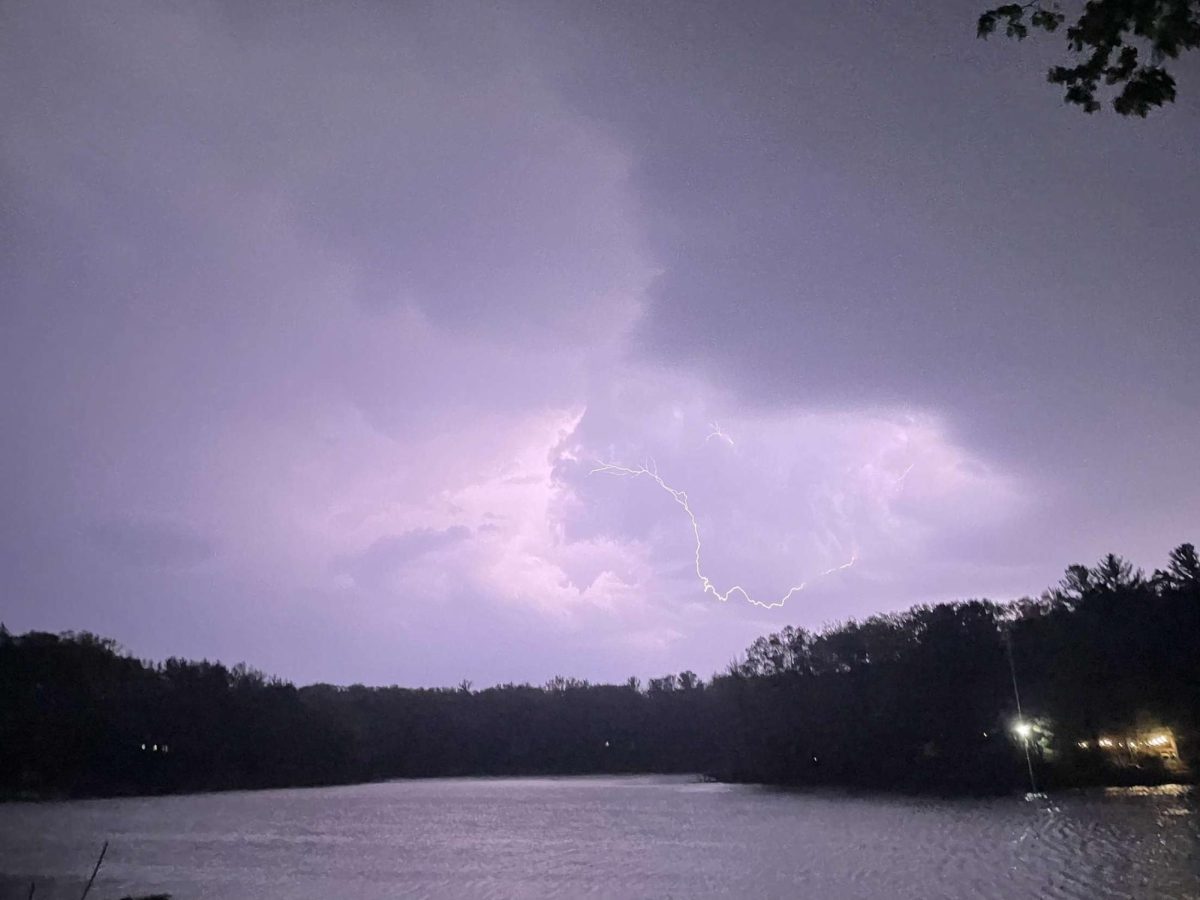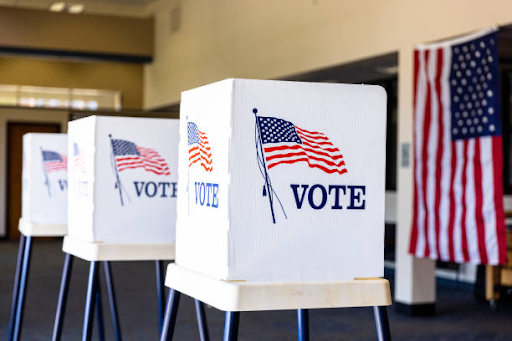Often, I wonder how the government changes leadership so quickly. This election cycle, the executive branch has only 76 days to peacefully and smoothly hand over power to the new president-elect. So, how do those 76 days go?
After Donald Trump’s reelection victory on Tuesday, November 5, his team got right to work.
Between Nov. 5 and Jan. 21, the president-elect must start putting together a transition staff. Often, those who serve during the transition get high-ranking positions within the White House, such as the chief-of-staff and its deputy, the press secretary and its deputy, communications director and its deputy, among the 5-7 personal secretaries to the president.
There is also the president’s personal assistant who helps around the house, along with the First Lady’s staff of the same positions, and also the vice president’s staff. Alongside this, the president must start sending names to the Senate for confirmation, such as the 15 cabinet secretaries and other cabinet-level positions, such as the directors of the CIA and FBI, the surgeon and postmaster generals, the admin of the EPA, and the other 4,000 or so presidential appointees, such as the ambassador to the UN and the other 220 ambassadors in the State Department.
While the president-elect does this, the Electoral College convenes and starts the process of certification of the election. By Jan. 6th after the election, the election results are officially certified and the president-elect will officially become president come inauguration day. The election is certified when the previous Senate comes together and certifies their state’s electoral votes and the vice president must sign the certificate of election. When the vice president adjourns the Senate that day, this marks the last time the Senate will convene and is when the next Congress is ushered in.
Speaking of the new Congress, while the rest of this is happening, the new Congress convenes in their party caucuses and starts to elect party leadership, such as the majority and minority party leaders and whips. Once this happens, the representatives-elect get together as a full chamber and elect themselves a new Speaker of the House.
Once the Speaker is elected, they must appoint a Sergeant-at-Arms, Clerk, Chaplain, and the Chief Administrator of the House. Now, after the new Speaker is elected, he and the Minority Leader get together and assign representatives to their committees. There are 20 permanent committees in the House of Representatives, which are assigned based on personal preferences and wherever the Speaker deems necessary. The new Congress is then sworn in at noon on Jan. 3, giving them plenty of time to become functional before the new president takes office.
Finally, it’s time for the president-elect to be sworn into office. This happens every Jan. 21 following the election unless the 21st falls upon a Sunday. In this case, the president-elect is sworn in in private and the ceremony is hosted the following day, the 22nd. The president-elect is to take the oath of office exactly at noon that day. The Chief Justice almost always administers the oath directly from the Constitution as the president places his left hand on the Bible or other book he wants to swear on. Once this happens, the sitting president becomes a former president, and the president-elect officially becomes the president for the next four years.
While the new First Family is away, the White House staff starts redecorating the Oval Office, the cabinet room, and other places around the mansion so that when the president returns after the inauguration, he feels right at home.

























